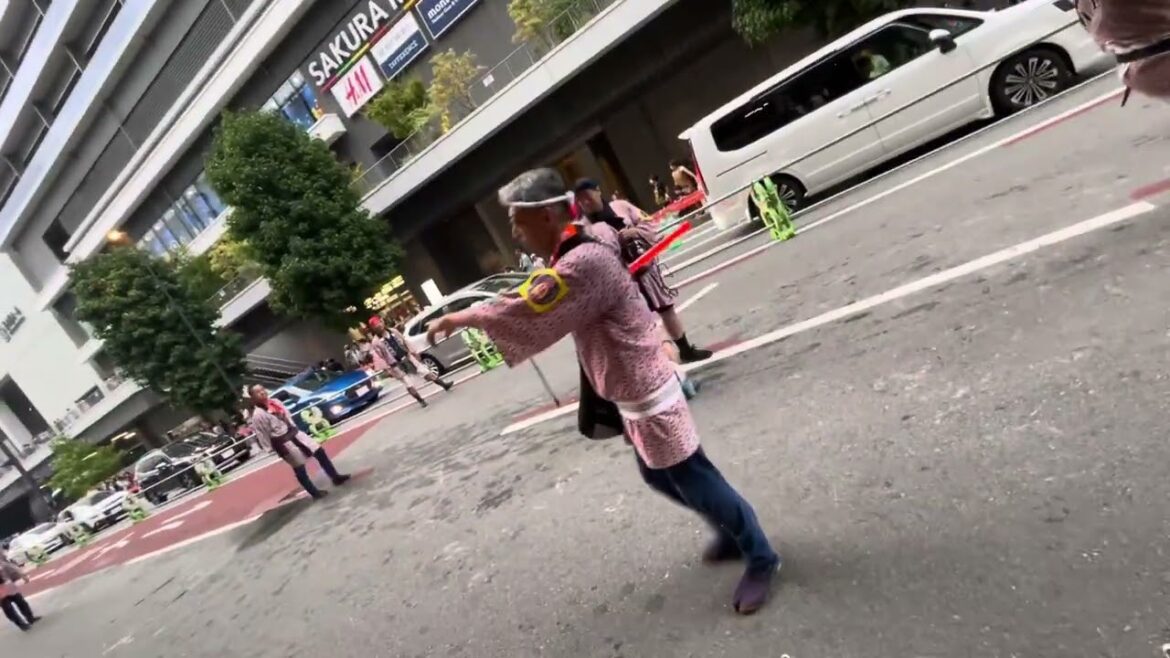THINGS TO DO AND KNOW ABOUT JAPANESE FESTIVAL IN SEPTEMBER MONTH
THINGS TO DO AND KNOW ABOUT JAPANESE FESTIVAL
Matsuri is a general term for traditional festivals celebrated across Japan, often associated with Shinto shrines or Buddhist temples. These festivals vary by region and occasion, reflecting local traditions, customs, and historical events. Matsuri festivals are usually held to honor deities, celebrate the changing of seasons, or mark significant historical events.
Some key features of Matsuri festivals include:
Processions (Mikoshi): A portable shrine called a mikoshi is often paraded through the streets, symbolizing the presence of a deity being carried to bless the people.
Traditional Dress: Participants often wear happi coats or yukata, and some festivals include taiko drum performances and other traditional music and dances.
Food Stalls and Games: Like most festivals, there are many street vendors selling food like takoyaki (octopus balls), yakisoba (fried noodles), and sweet treats. There are also games like catching goldfish or shooting galleries.
Fireworks (Hanabi): Many Matsuri feature impressive fireworks displays.
Seasonal Celebrations: Some matsuri are linked to agricultural cycles, such as rice planting or harvest, while others celebrate historical legends or events.
Each region or shrine might have its own unique matsuri, and some famous examples include:
Gion Matsuri (Kyoto): One of Japan’s most famous festivals, it features grand processions and elaborate floats.
Awa Odori (Tokushima): Known for its lively and energetic traditional dance.
Kanda Matsuri (Tokyo): A large Shinto festival held to celebrate good fortune and prosperity.
Matsuri festivals are vibrant, community-centered events that celebrate Japanese culture and spirituality.
WHAT SHOULD WE SEE WHEN CHANGING A SEASON IN JAPAN?
In Japan, September is a time when the summer heat begins to wane, and the country transitions into autumn. Several notable festivals take place during this month, often reflecting harvest themes, cultural traditions, and spiritual practices. Here are some key festivals in September:
1. Kishiwada Danjiri Matsuri (岸和田だんじり祭)
Location: Kishiwada, Osaka Prefecture
Dates: Mid-September
Highlights: This is one of Japan’s most thrilling festivals, known for its intense and fast-paced danjiri (large wooden floats) races. The floats are pulled through the streets by teams of people, and the festival is both a celebration of craftsmanship and a display of teamwork and strength. The floats are intricately carved and beautifully decorated.
2. Kaze no Bon (風の盆)
Location: Yatsuo, Toyama Prefecture
Dates: Early September (Sept. 1-3)
Highlights: Kaze no Bon is a quiet and elegant festival, characterized by graceful folk dances and haunting traditional music played on the shamisen, kokyū, and Japanese flutes. The dancers wear straw hats that hide their faces and move slowly through the streets of Yatsuo, creating a mysterious and ethereal atmosphere.
3. Tsurugaoka Hachimangu Reitaisai (鶴岡八幡宮例大祭)
Location: Kamakura, Kanagawa Prefecture
Dates: Mid-September (Sept. 14-16)
Highlights: Held at the famous Tsurugaoka Hachimangu Shrine, this festival features ancient rituals and traditional performances. The highlight is yabusame, a form of Japanese horseback archery in which riders shoot arrows at targets while galloping on horses, demonstrating skill and precision.
4. Neputa Matsuri (根蓋祭り)
Location: Kuroishi, Aomori Prefecture
Dates: Early September
Highlights: This festival is a continuation of the summer Nebuta festivals held in other parts of Aomori. Large, brightly lit neputa floats depicting warriors and historical scenes are paraded through the streets. The festival has a more subdued and traditional atmosphere compared to its summer counterpart.
5. Owara Kaze no Bon (おわら風の盆)
Location: Toyama Prefecture
Dates: September 1-3
Highlights: Similar to Kaze no Bon in Yatsuo, this festival features slow, graceful dances to traditional music played by locals. The dancers wear straw hats, creating a mysterious ambiance as they perform through the quiet streets at night.
6. Shūbun no Hi (秋分の日)
Location: Nationwide
Date: Around September 23 (Autumn Equinox)
Highlights: Shūbun no Hi is a national holiday in Japan, marking the autumnal equinox. It’s a day to honor ancestors and loved ones who have passed away. Families often visit graves and make offerings at altars.
7. Kangetsu-sai (観月祭)
Location: Kyoto, Tokyo, and other locations
Date: Late September
8. Nagoya Matsuri (名古屋まつり)
Location: Nagoya, Aichi Prefecture
Dates: Mid to late September
9. Tsuchiura All Japan Fireworks Competition (土浦全国花火競技大会)
Location: Ibaraki Prefecture
Date: Late September or early October
10. Hassaku Matsuri (八朔祭り)
Location: Kumano Nachi Taisha Shrine, Wakayama Prefecture
Date: Early September


3 Comments
https://www.youtube.com/watch?v=Vp0CQCvJ4xI
https://www.youtube.com/watch?v=YsBBnGZBK4c
https://www.youtube.com/watch?v=enV0-c7Bugg